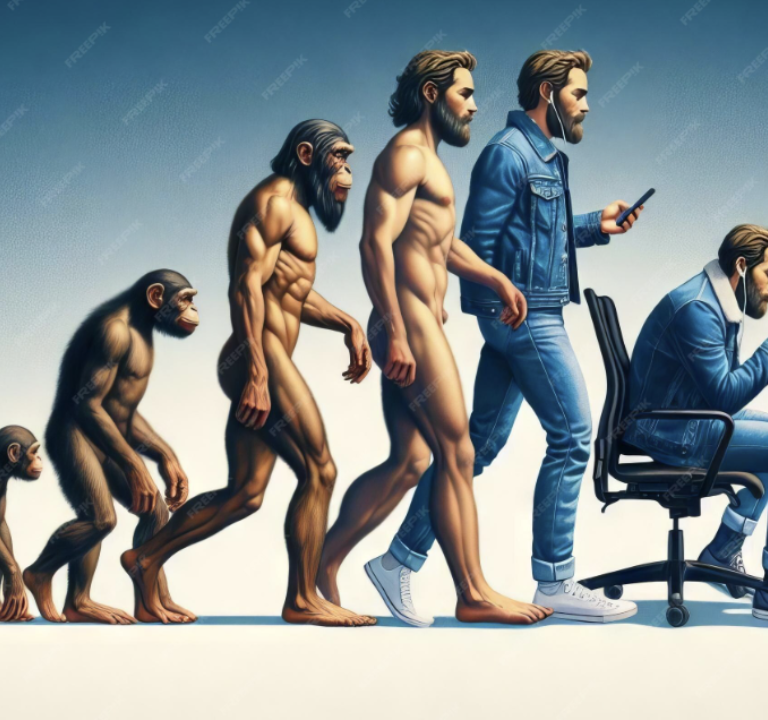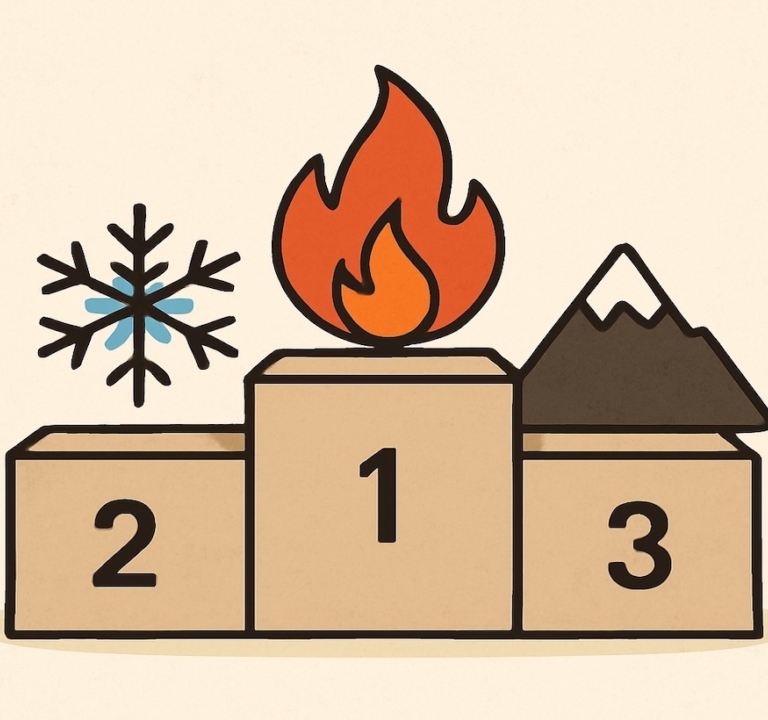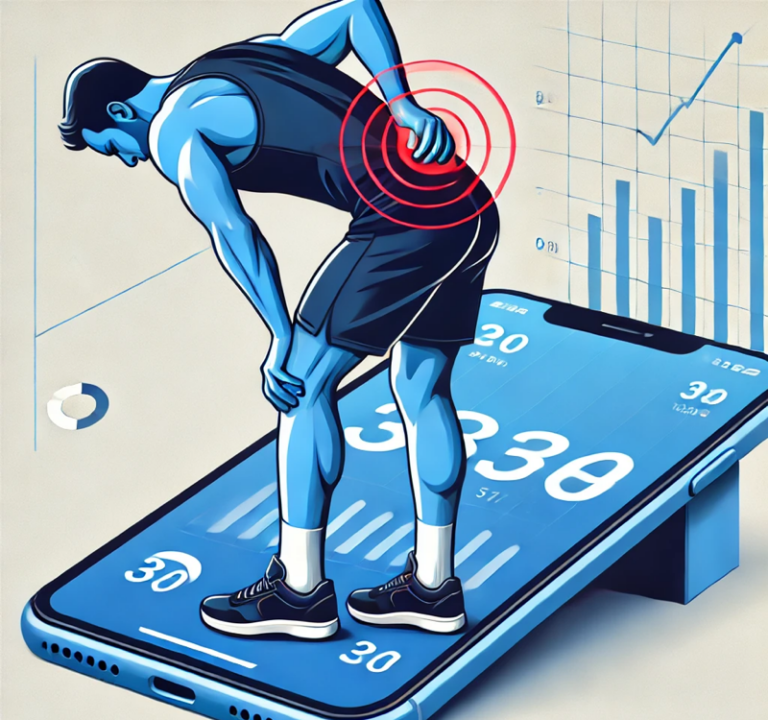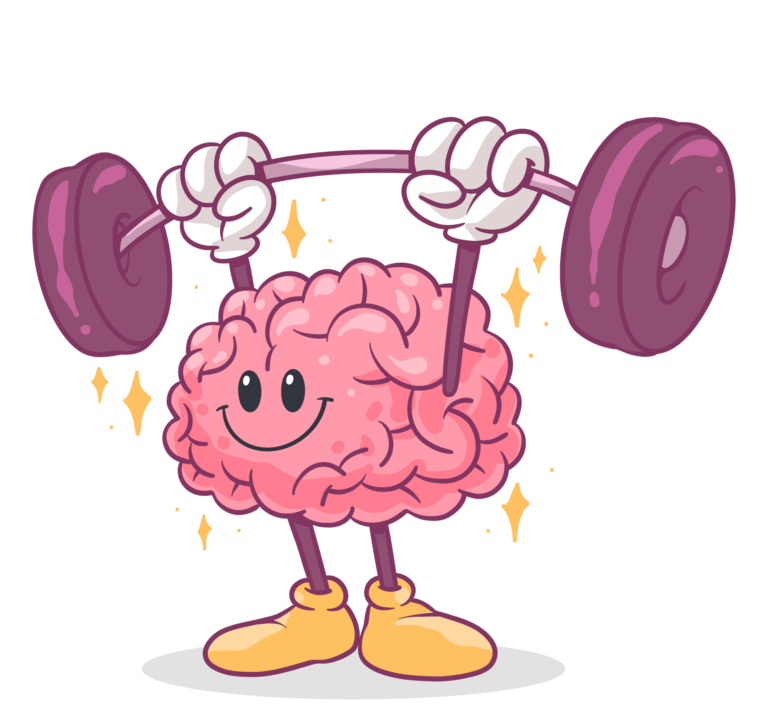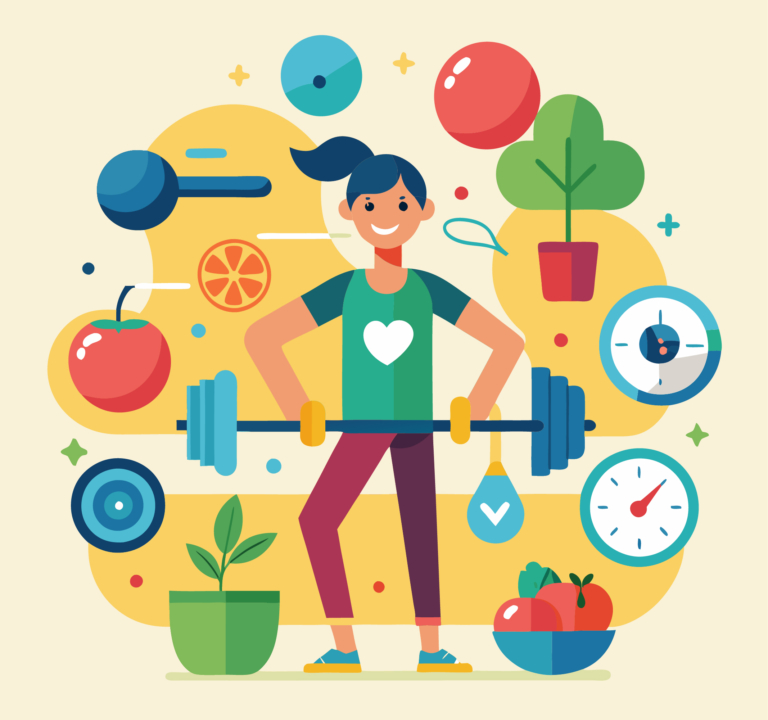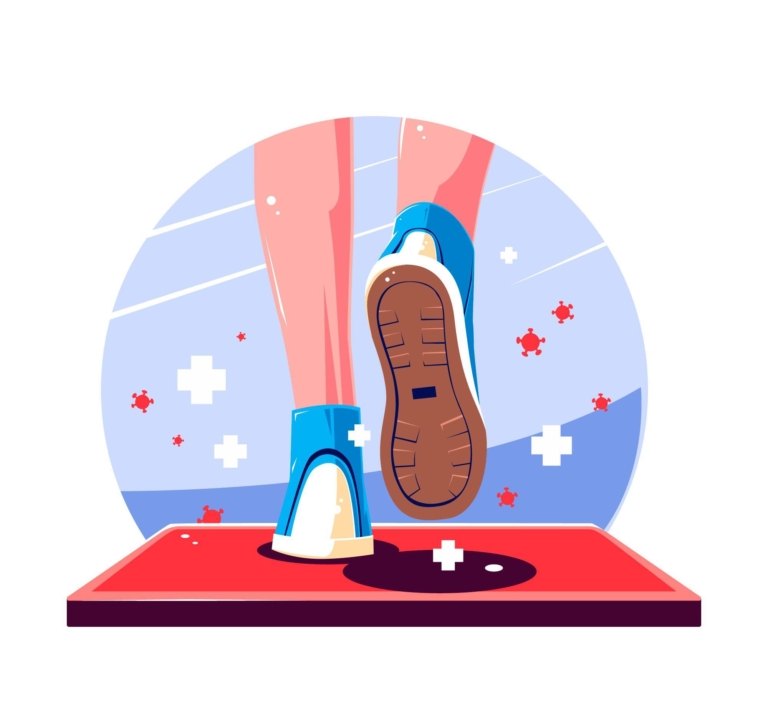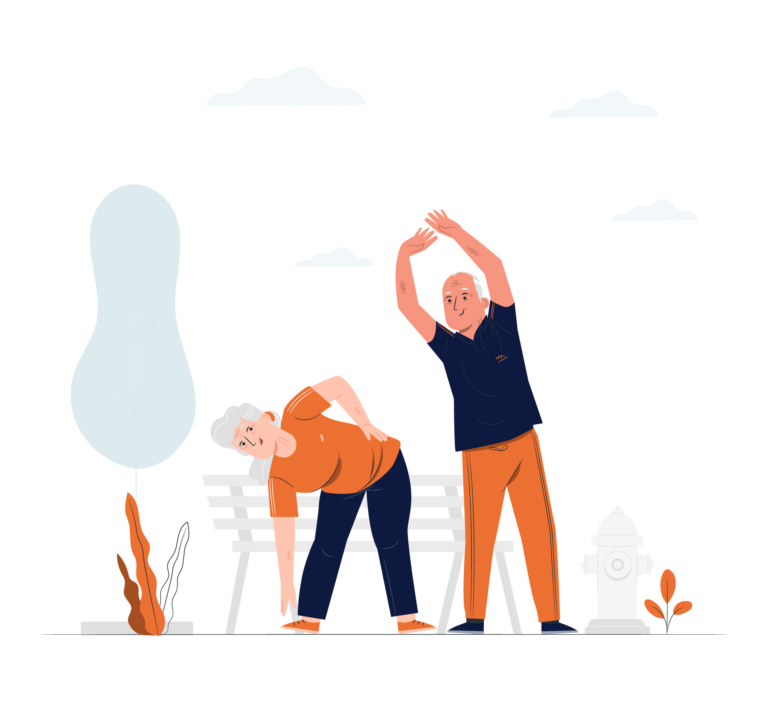POV 23 - MASTERING AGING
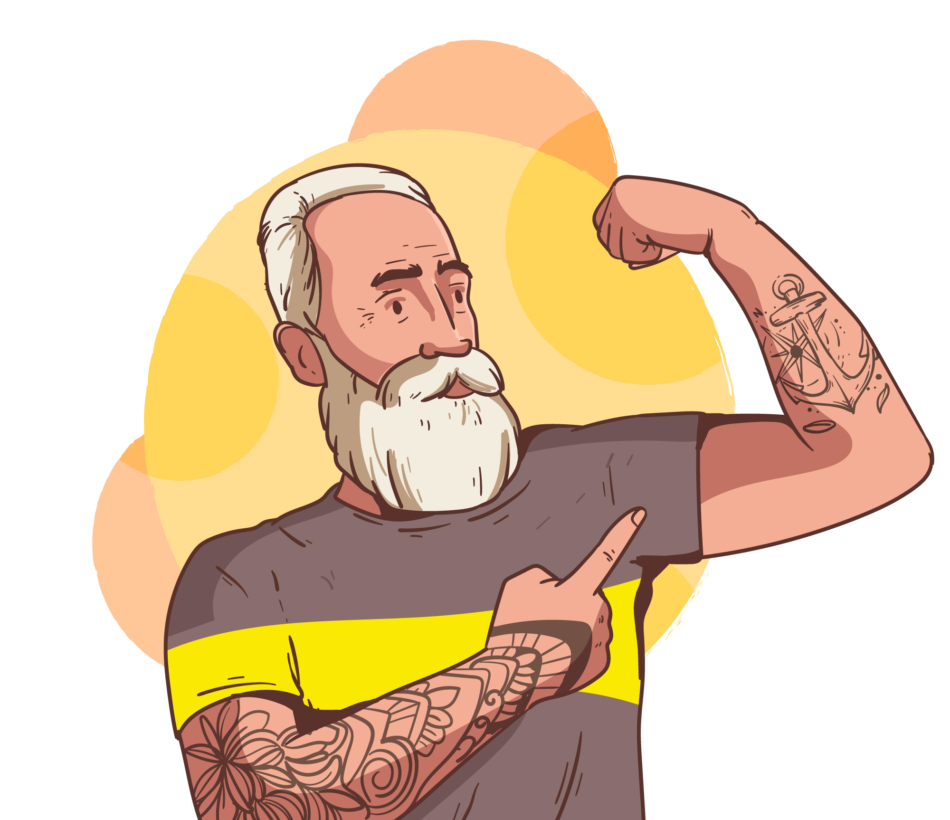
Whether it is because their kids have grown or they have reached this stage in their career, midlife offers many the freedom to focus on training and well-being.
Endurance sports have become the new status symbol, replacing sports cars.
Athletes entering the second half of their lives should use the following guidelines to redefine what it means to be at the top of their game and to continue excelling in the years to come.
A CHANGING VIEW OF AGING
- FOCUS SHIFT
The traditional view of aging as a gradual decline is evolving.
New insights highlight two key inflection points: around the mid-40s, where muscle loss and metabolic changes occur, and in the early 60s, when immune functions start to weaken.
While these findings still need validating, they offer a valuable opportunity for midlife athletes to reimagine their goals with a forward-thinking mindset and to prioritize health & fitness proactively.
Rethinking risk - With aging comes the wisdom to redefine what it means to leave everything on the line. This typically manifests in a shift towards lower-risk solo sports or disciplines requiring more skills than guts.
Popular options include :
- Track cycling, triathlons and Ironmans
- Hyrox
- Tennis and Pickleball
- Worlds Masters games and World Major Marathons
- Everesting - or climbing the equivalent height of Mt. Everest in a single event, at your own pace.
- and more options discussed in upcoming POVs
There comes a stage in life where finding the right balance between pushing limits and embracing comfort becomes not only relevant but entirely acceptable.
Nike’s vision that anyone who moves is an athlete - and even more so in the context of aging - aligns perfectly with LangLeven’s approach, embracing the idea that active participation is what truly matters.
No shame in realigning objectives - even the best do it. Kipchoge and Bekele, Marathon World record holders in their 40s, now have to contend with 2h05+ performances ! Why not use your age as an opportunity to qualify for Boston ?
Your assignment
- Be fair with yourselves and compare accomplishments to the right age group or to your inactive peers.
- Seek personal physical and mental perks instead of all-time records.
2. ENDURANCE TAKES OVER
Alongside the shift in mindset comes physiological changes to which aging athletes should adapt.
Fit for age - Aerobic capacities (often measured by VO2max) inevitably decline with age - by an average of 15% every decade for inactive midlifers. This heart-breaking loss stems from transformations in cardiac output, capillary density and mitochondria number & function - all being trainable features throughout life.
Estimating VO2max is crucial for tracking progress and reevaluating training strategies. Alternatives to limit and expensive in-clinic or consumer-grade gas analyzer options lie in wrist wearables or in performing short aerobic efforts like Cooper tests.
Use your current VO2max to assess your fitness level and to devise a path to the top performance categories for your age and sex. Your goal should be to lose no more than 1% VO2max annually.
High-end fitness makes aging better - Electing aerobic or low-intensity endurance exercises is all natural to hold on to vanishing VO2max units, but higher-intensity and sprint training (HIT) should not be discarded, as it is aging athletes’ best ally.
HIT is safe and well-tolerated by all age groups, and has a greater impact on mitochondria biogenesis and energy metabolism than low-intensity endurance. All the more, aerobic & anaerobic systems are not mutually exclusive such that elevated anaerobic ceiling also elevates aerobic basis.
Your assignment
- Do enough low-to-moderate intensity training to maintain VO2max or slow its rate of decline.
- Regularly add more quality to your training by contrasting endurance with higher-intensity, explosive exercises.
3. MUSCLE FLEX
Another key hallmark of aging is the gradual loss of muscle mass and strength. Similar to declining aerobic capacities, the average individual will lose 3% to 5% of muscle mass per decade - with the average man losing up to 30% of muscle mass during their lifetime.
The concept of strengthspan refers to the period during which one can build and maintain muscle mass. Like healthspan, strengthspan can be extended, and its decline slowed by resistance training.
It’s never too late to start - Every age group can benefit from resistance training, whether through heavy lifting or light to body-weighted explosive exercises (plyometrics). Regular strength training consistently shows lasting improvements in muscle strength, lean muscle mass and bone mineral density.
On top of preventing frailty and sarcopenia, engaging in strengthening activities also promotes bone mineral density, further contributing to decreasing risk of life-changing fractures in the older years.
Concurrent training - in which both strength and endurance sessions are performed on the same day - and this ideal sequence - can promote marked muscle mass, strength and power gains in elderly subjects.
Core stability - While the pursuit of a beach body may fade, the need for a strong core remains vital. A strong core is essential for transferring strength between the upper and lower body, improving biomechanics, and enhancing stability and balance - all associated with healthy aging.
Core strengthening, balancing, and flexibility exercises form the foundation upon which the aerobic and anaerobic pyramid can be built.
Your assignment
- Perform moderate- to high-intensity (60–80% of your maximum) resistance exercises, 2–3 sets per exercise.
- Begin with body weight movements like squats, lunges, and hangs, then progress to more complex movements.
- Incorporate core, stability, and flexibility exercises into your training routine.
- Prioritize lean muscle mass - VO2max and fitness are body weight-dependent, so make your weight work for you.
4. AGE IS ON YOUR SIDE
Time is an ally - You’ve now earned your grade. As seasoned parents, grandparents, or accomplished midlifers, there’s no need to rush activity sessions into busy schedules anymore.
- Focus on warming-up, resting, recovering and sleeping properly.
- Plan workouts on a 9-day cycle to allow ample rest between high-intensity sessions.
- Avoid exercising through pain or minor injuries—you’ve earned the right to prioritize well-being over suffering.
- Take pleasure in planning and preparing healthy meals - the second half of life is when suboptimal habits (and genetics) can catch up.
Mastering Active Aging – Extend your competitive career into the dynamic world of Masters sports, in which athletes over 30 compete in 5-10 years age groups. Akin to the Olympics, the World Masters Games occur every four years, with the 2025 games set to be hosted in Taipei.
Never too old to play - Foster discoveries and social networking with your passion for sports and take advantage of your optimal physical condition to travel to training camps, Masters events, or World Marathon Majors abroad.
Master athletes thrive both physically and socially - there’s no age limit for admission, so seize the chance and stay playful !
Everyday athlete - Eventually, sports performances become secondary to performance in everyday tasks. To this end, selecting personal objectives like Peter Attia’s Centenarian Decathlon and devising a plan to meet those objectives in time becomes the new performance benchmark.
Your assignment
- Be the inspiring active midlifer in your social circle and embrace being the outlier.
5. STAY CURIOUS
Starting new activities or changing habits can be intimidating, especially later in life. However, exploring all available services & technological aids to identify and integrate the right tools into your routine can make the transition smoother and yield lasting results.
Here are the techs we believe can best support aging athletes :
- Virtual coaching, physical therapist and workout platforms
- Guided, computer vision platforms to assess, learn and improve movement
- Connected fitness equipment
- Recovery tech
Embrace the struggles you willingly chose as part of your journey. There is satisfaction in overcoming challenges and piecing together your own puzzle.


